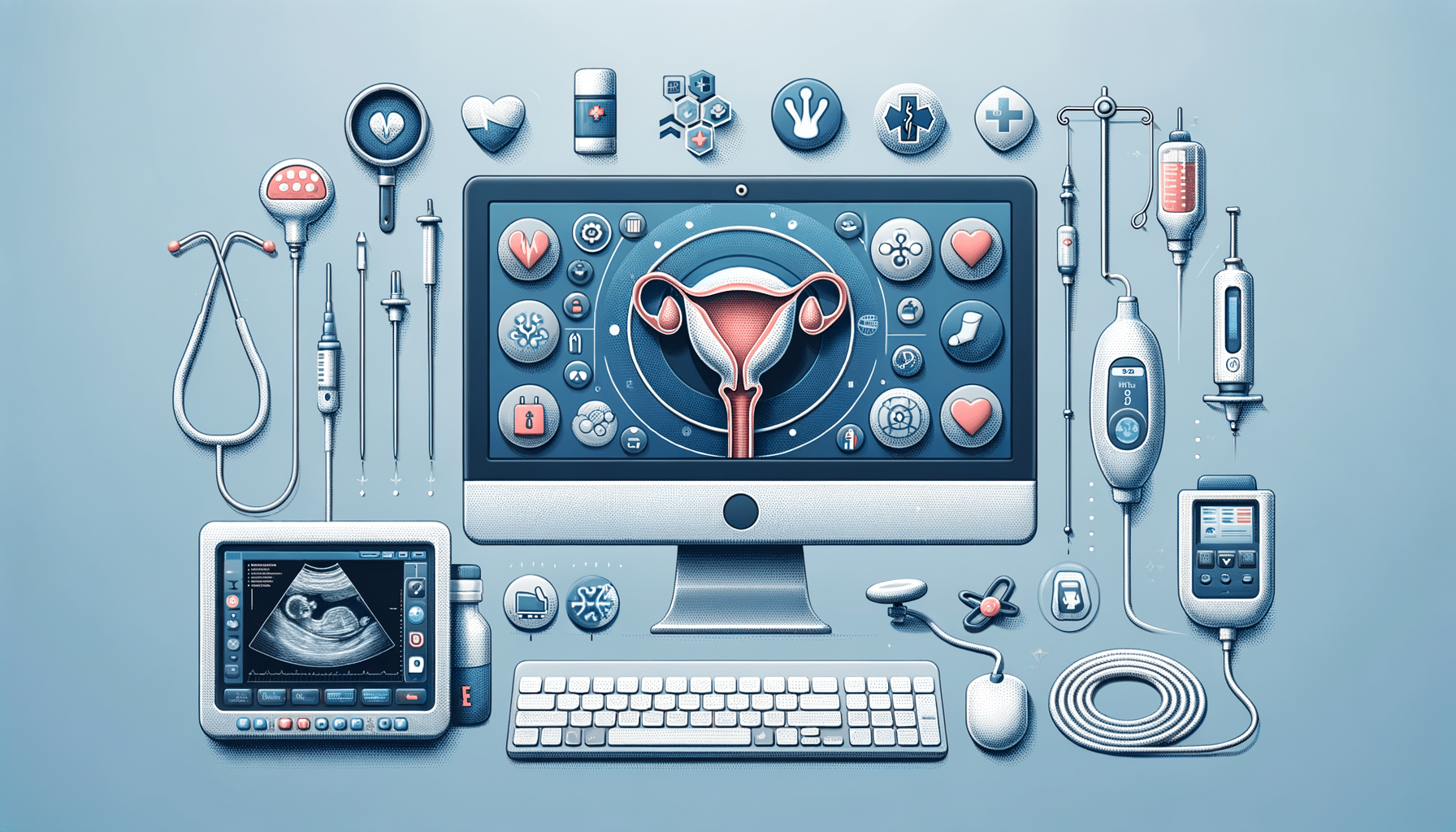
The Role of Healthcare Software in Managing Urinary Retention
Introduction to Healthcare Software in Urinary Retention Management
Urinary retention, a condition characterized by the inability to empty the bladder completely, affects many individuals worldwide. It can lead to discomfort, infections, and other serious health issues if not properly managed. The integration of healthcare software into the management of urinary retention has emerged as a significant advancement in medical care. By leveraging technology, healthcare professionals can enhance diagnostic accuracy, improve patient monitoring, and personalize treatment plans.
Healthcare software offers a platform for real-time data collection and analysis, allowing for better decision-making and patient outcomes. This article explores the various roles that healthcare software plays in managing urinary retention, highlighting its potential to transform patient care.
Diagnostic Support and Decision-Making
One of the primary benefits of healthcare software in managing urinary retention is its ability to support diagnostics. Advanced software systems can analyze patient data, including symptoms, medical history, and test results, to assist healthcare providers in making informed decisions. This capability is crucial in identifying the underlying causes of urinary retention, which may include neurological disorders, infections, or anatomical abnormalities.
Moreover, healthcare software can integrate with diagnostic devices, such as ultrasound machines, to provide comprehensive assessments. By offering visual representations and predictive analytics, these systems enhance the accuracy of diagnoses and facilitate timely interventions. As a result, patients receive tailored treatment plans that address their specific needs and conditions.
Patient Monitoring and Data Management
Effective management of urinary retention requires continuous monitoring of patient conditions. Healthcare software plays a pivotal role in this aspect by enabling remote patient monitoring and data management. Through wearable devices and mobile applications, patients can track their symptoms and share real-time data with their healthcare providers.
This data-driven approach allows for proactive management of urinary retention by identifying trends and potential complications early. Healthcare professionals can adjust treatment plans based on the evolving needs of patients, ensuring optimal care and reducing the risk of hospital readmissions.
- Remote patient monitoring
- Real-time data sharing
- Proactive management
Personalized Treatment Plans
Healthcare software facilitates the creation of personalized treatment plans for patients with urinary retention. By analyzing individual patient data, software systems can recommend specific interventions and therapies. This personalization ensures that treatments are aligned with the patient’s unique medical history, lifestyle, and preferences.
For instance, software can suggest dietary modifications, exercise routines, or medication adjustments based on the patient’s response to previous treatments. This level of customization improves patient adherence to treatment plans and enhances overall outcomes. As healthcare continues to evolve, the ability to offer personalized care through technology becomes increasingly important.
Future Implications and Innovations
The integration of healthcare software in urinary retention management is just the beginning of a broader transformation in healthcare. As technology advances, we can expect even more innovative solutions to emerge. For example, artificial intelligence (AI) and machine learning may further enhance diagnostic accuracy and predictive capabilities.
Additionally, the development of interoperable systems will allow for seamless data exchange between different healthcare providers, ensuring continuity of care. These innovations hold the promise of not only improving the management of urinary retention but also revolutionizing patient care across various medical conditions.
In conclusion, healthcare software plays a crucial role in enhancing the management of urinary retention. By supporting diagnostics, enabling patient monitoring, and facilitating personalized treatment plans, these technologies offer significant benefits for both healthcare providers and patients. As we look to the future, continued advancements in healthcare software will undoubtedly lead to improved outcomes and a higher quality of life for individuals affected by urinary retention.